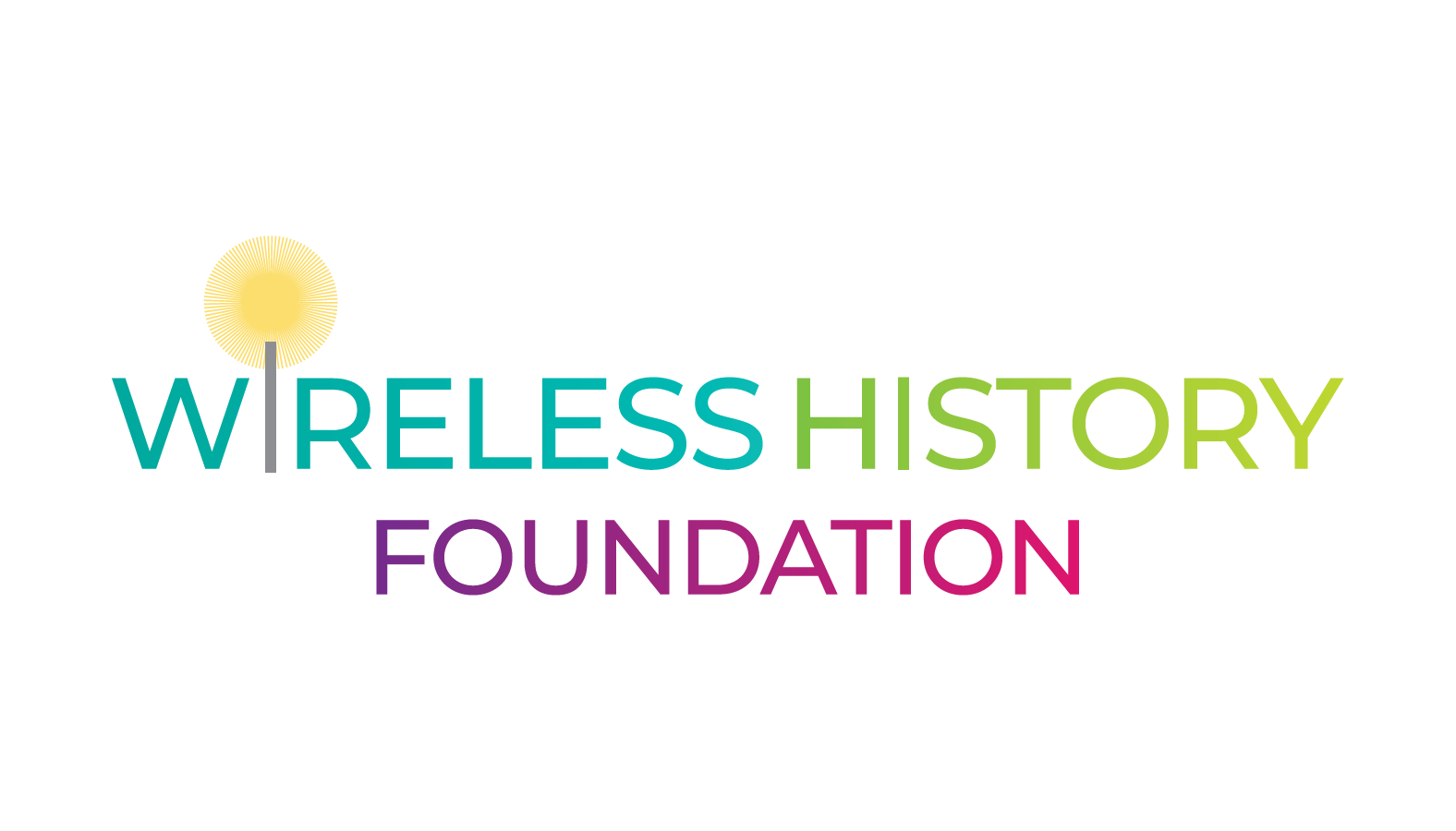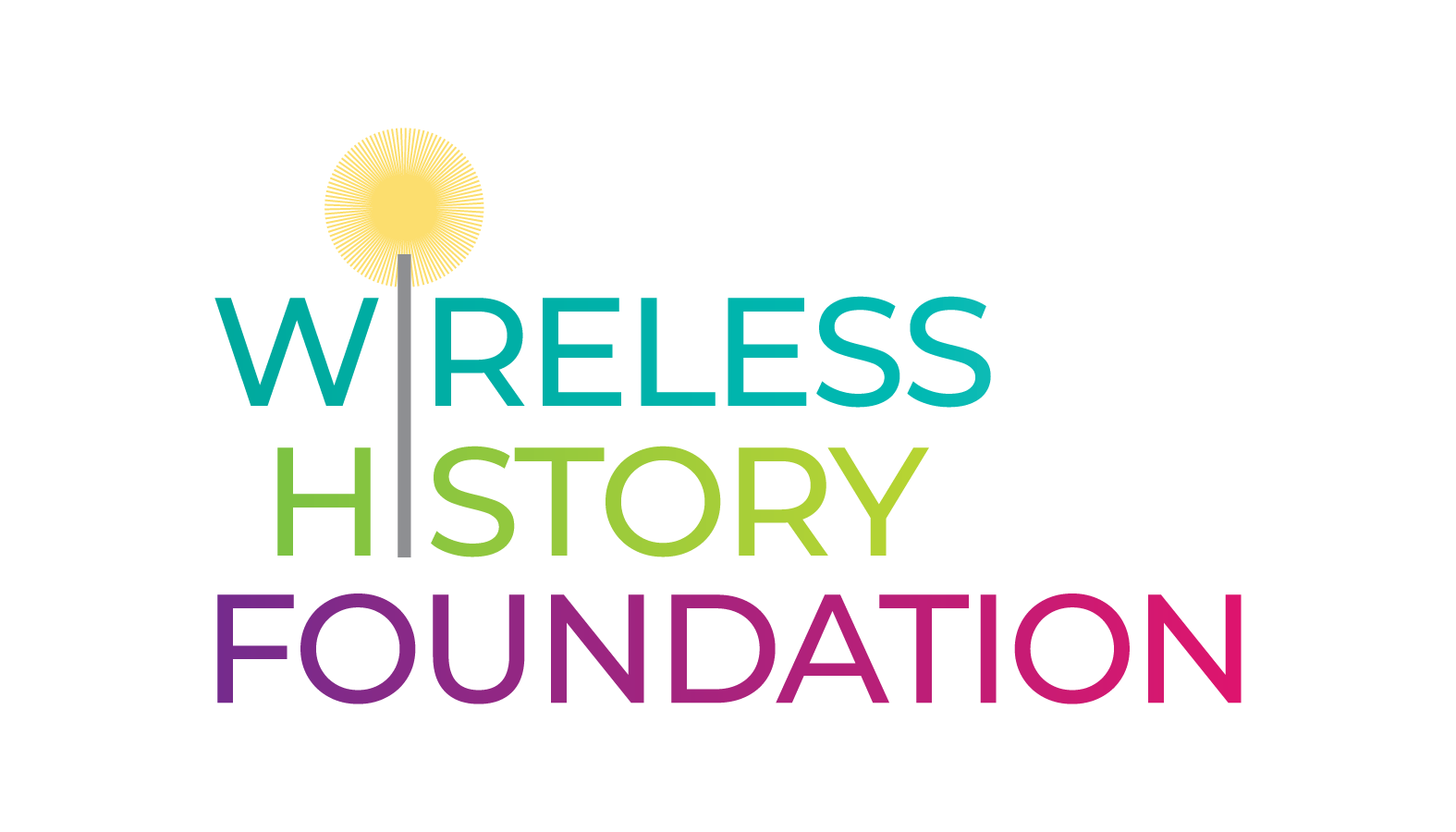It’s the time of year when severe weather can hit anywhere in the country. Wireless communication can be a lifesaver in impending disasters. Those of us on the coastal states in the U.S. gear up for hurricane season beginning June 1, but tornados can occur almost any time or anywhere…the most prevalent time being mid February through May and again in November. Many of us are alert for flooding in the spring, especially along river valley areas where snowmelt can cause high water and major flooding. Whether it is tornados, hurricanes, or floods, advance warning systems are paramount to saving lives in these situations. That’s where our wireless devices can help.
Currently, there are services that send out text and email alerts to certain sectors of the public. Emergency Alert System (EAS) sends out alerts not just to broadcast media but also to cable television, satellites, pagers, Direct Broadcast Satellite, High Definition Television and Video Dial Tone. It also provides service to the deaf and those with special language requirements.
The National Weather Service (NWS) recognizes that an increasingly mobile user community can receive weather alerts via mobile wireless devices and the internet. So in November 2009, the NWS began offering alerts limited to their partners who subscribe to iNWS Mobile Alerting. These partners include the Emergency Management community at all levels of government, safety and emergency personnel, universities and other entities with large populations, and anyone in broadcast media who normally receives information from NWS.
While we still depend on TV, radio, and school and workplace alerts to announce severe weather warnings, how can we easily get the same alerts while traveling, working out, or when we’re simply out of reach from our computer or TV? The good news is these alerts aren’t just provided to emergency professionals, government, or media. NWS is on Facebook and Twitter. But for more immediate notification, there are also weather alert apps that can be downloaded to smart phones. Many of these apps are free or require a nominal charge for more comprehensive information. The apps allow you to specify what types of alerts you want, and for what area you want the coverage, such as zip code, county or state
As our cellular devices continue to help us in our daily lives, now we can include mobile warnings about Mother Nature’s impending disasters. Just keep your eye to the sky, and your mobile nearby.

